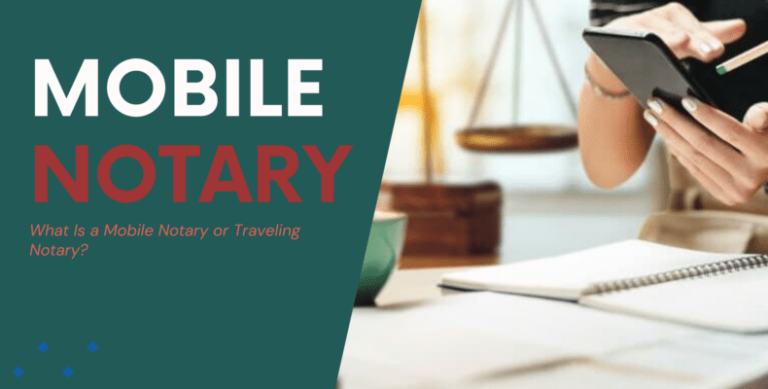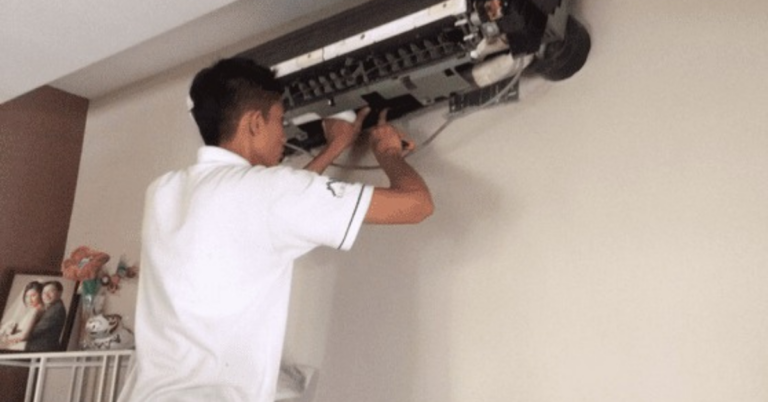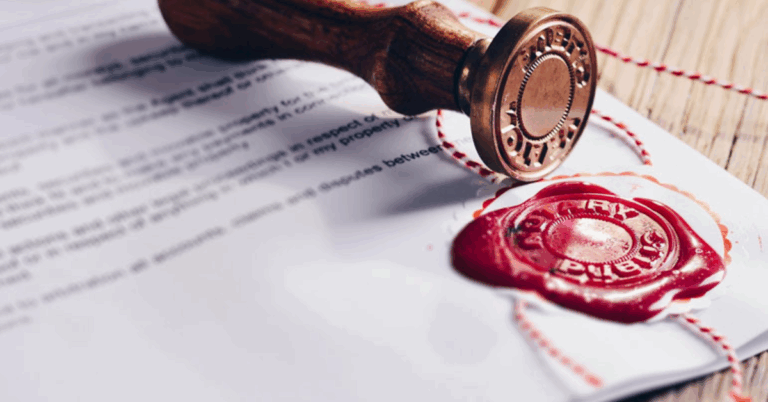What if the Signer Cannot Sign?
When circumstances prevent a signer from physically inscribing their name on a document, it doesn’t mean the transaction must grind to a halt. In situations where mobility is restricted, such as when someone is recovering from surgery or experiencing severe arthritis, a Mobile Notary professional can travel to the signer’s location to facilitate the notarization process. This service ensures that even those with limited dexterity or inability to travel still have access to legitimate and enforceable notarized documents.
Even in more sensitive environments, like a Hospital Notary Service appointment, notaries are trained to accommodate patients who may be unable to hold a pen. A hospital setting may present challenges such as the signer being bedridden or attached to medical equipment. In these cases, the notary works with medical staff and the patient to establish a secure, legally compliant method for indicating consent and identity, ensuring that the hospital’s paperwork and legal forms carry the same weight as any other notarized document.
When dealing with incarcerated individuals, a Jail Notary Service becomes essential. Jails and correctional facilities often have strict protocols, and a signer may be deprived of full use of their hands or lack writing instruments. A specialized notary familiar with correctional procedures can coordinate with prison authorities to arrange a stationary or mobile station within the facility, providing a safe, supervised environment for the signer to indicate their acknowledgment of the document’s contents.
In urgent situations where waiting is not an option, Emergency Notary Services can step in. Whether due to a time-sensitive real estate closing, last-minute power of attorney requirements, or urgent business contracts, these services operate outside normal business hours and travel to wherever the signer is located—even if they cannot sign in the traditional sense. The emergency notary carries the necessary tools and documentation to accommodate alternative signing methods under tight deadlines.
For travelers stranded at an airport or requiring immediate documentation before departure, Airport Notary Services offer a convenient solution. If a passenger suffers an injury or experiences a sudden medical event, preventing them from signing, the airport notary coordinates with on-site medical personnel and airline staff to verify identity and facilitate the signing process through alternative means, all while adhering to strict aviation and legal regulations.
Understanding Why the Signer Cannot Sign
Not being able to sign a document can stem from a wide array of causes—medical, situational, or environmental. A clear understanding of these factors is crucial for selecting the appropriate notarization method and ensuring legal compliance.
Some common reasons include physical disabilities such as paralysis, tremors, or severe arthritis, which limit fine motor skills. Cognitive impairments, whether temporary—like sedation after surgery—or permanent, such as advanced stages of Alzheimer’s, also impede the signer’s ability to understand or execute a signature. In institutional settings like hospitals or jails, logistical barriers—lack of available writing instruments, restrictions on movement, or the absence of private spaces—can further complicate standard notarization procedures.
Legal frameworks often anticipate these challenges. Most state notary laws and the Uniform Notary Act provide provisions for “mark” signatures, allowing a person who cannot write to make an “X” or other mark in lieu of a traditional autograph. However, these accommodations carry specific requirements: the presence of witnesses or a credible interpreter, a description of the signer’s inability in the notarial journal, and sometimes the requirement for a signature proxy (surrogate). It’s vital for notaries to stay abreast of local regulations and for signers to communicate their limitations in advance.
Alternatives and Solutions
When a signer cannot sign in the usual way, there are several legally recognized alternatives. Each method has its own procedural steps and documentation requirements, but all serve to uphold the integrity of the notarization process.
Physical Mark or “X” Signature
For individuals who physically cannot form letters, making a mark—typically an “X”—is an accepted practice. The notary must:
-
Confirm the signer’s identity through government-issued ID or credible witnesses.
-
Document in the notarial journal: “Signer unable to write; mark made by signer in my presence.”
-
Attach a witness statement or have a qualified witness sign beside the mark.
-
Ensure the signer comprehends the document’s content despite the inability to handwrite.
This option is particularly useful in hospital settings where a patient might lack the strength or coordination to write their full name but can still understand and acknowledge the document.
Use of a Signature Proxy or Surrogate
A signature proxy is an individual authorized to sign on behalf of the signer when they are physically unable to do so. To employ a proxy, the following steps must be taken:
-
The signer must direct the proxy, in the notary’s presence, to sign the document on their behalf.
-
The notary must confirm that the directive is voluntary and that the signer understands the implications.
-
Both the proxy and the signer should appear before the notary, or the signer’s directive should be documented in the notarial journal.
-
Notarial records must reflect the use of a proxy, stating: “Signature affixed by proxy at the direction of the signer.”
This surrogate method often arises in long-term care facilities, where mobility-impaired residents can designate trusted proxies.
Electronic and Digital Signatures
Advances in technology have paved the way for remote notarization and electronic signatures. Many jurisdictions now authorize online notarization (RON), where:
-
The signer’s identity is verified through live video conferencing.
-
Electronic signature platforms record the session and apply a digital certificate.
-
Tamper-evident seals ensure document integrity.
For signers who cannot physically sign on paper, this approach allows them to use assistive devices—voice commands or adaptive keyboards—to enter their signature. It’s especially valuable for geographically dispersed individuals or those under quarantine.
Best Practices for Notaries
No matter which alternative method is used, notaries must adhere to stringent best practices:
-
Pre-Appointment Communication: Inquire beforehand if the signer anticipates any challenges signing the document.
-
Proper Documentation: Maintain detailed journal entries that capture the reason for the alternative signature method, names of witnesses or proxies, and any relevant observations.
-
Legal Compliance: Familiarize yourself with state-specific notary statutes regarding marks, proxies, and RON requirements.
-
Training and Certification: Seek continuing education on accommodating signers with disabilities and remote notarization protocols.
-
Professionalism and Empathy: Recognize the signer’s vulnerabilities and handle each situation with patience, dignity, and confidentiality.
Conclusion
When a signer cannot sign in the traditional manner, the notarization process must adapt to ensure legality and accessibility. Whether through a simple mark, the appointment of a proxy, or embracing electronic notarization, there are robust solutions that uphold the signer’s intent and safeguard the document’s validity. By understanding the underlying causes, adhering to legal guidelines, and employing best practices, notaries can provide inclusive services that respect the signer’s circumstances—ensuring that no one is excluded from essential legal transactions.







